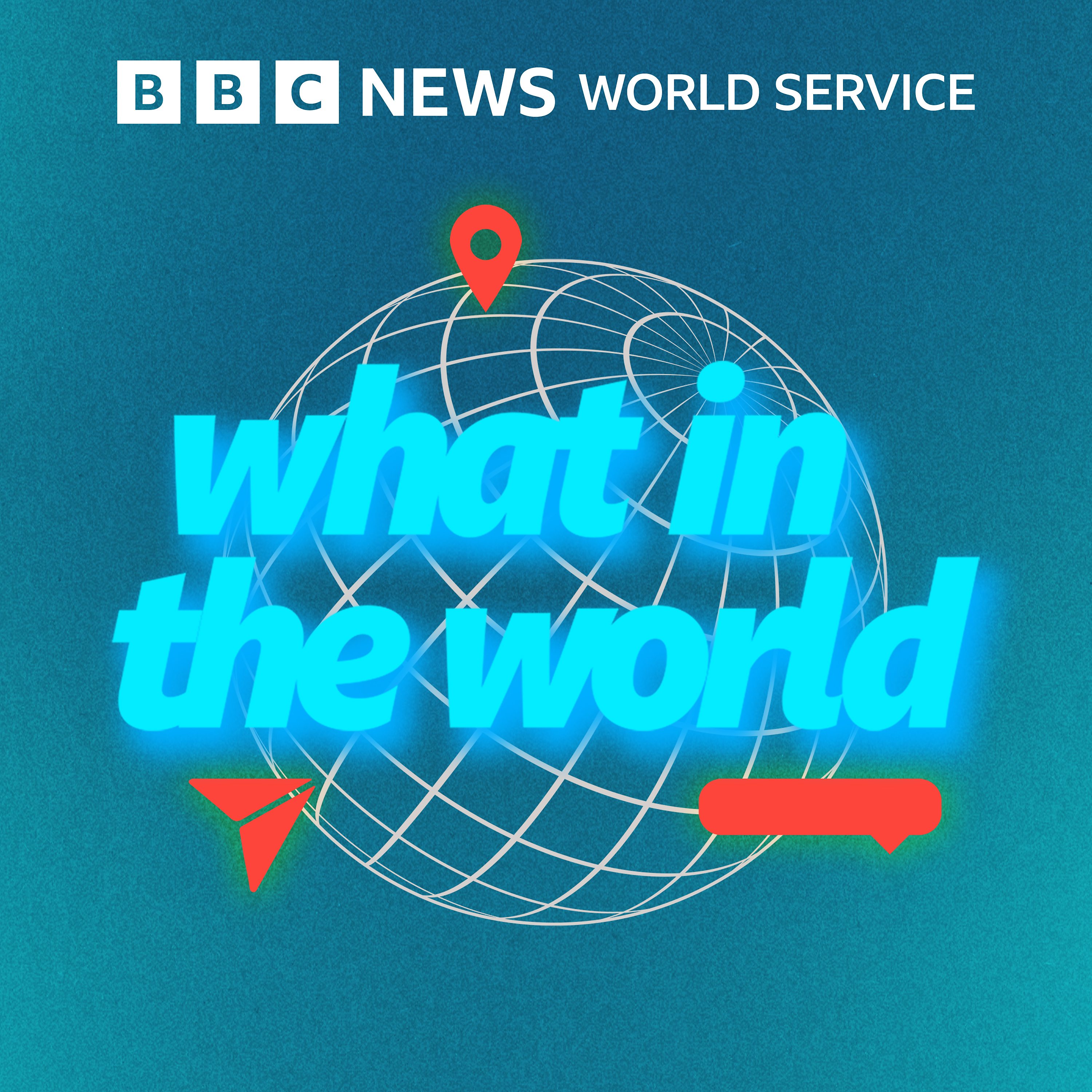
Why is the Darién Gap so dangerous?

What in the World
Deep Dive
What makes the Darién Gap one of the most dangerous migration routes in the world?
The Darién Gap is a dense jungle region between Colombia and Panama, characterized by slippery rocks, dangerous animals, erratic riverbeds, and high water levels during the rainy season. Migrants face dehydration, injuries, and death. Additionally, armed gangs control the area, exposing migrants to theft, violence, sexual assault, and human trafficking.
How long does it typically take to cross the Darién Gap?
Crossing the Darién Gap usually takes around 10 days, depending on factors like the group's walking speed, weather conditions, and river levels. High water levels during the rainy season make river crossings particularly dangerous and time-consuming.
What are the primary dangers migrants face in the Darién Gap?
Migrants face both natural and human-made dangers. Natural hazards include treacherous terrain, dangerous animals, and fast-flowing rivers. Human threats include armed gangs who rob, assault, and traffic migrants. Sexual violence and murder are also reported, with many migrants witnessing dead bodies along the trail.
Why are so many Venezuelans attempting to cross the Darién Gap?
Venezuelans, like Mariangel, flee due to economic chaos, lack of work, food shortages, and insufficient money. Over 8 million Venezuelans have left the country, with many seeing the Darién Gap as their only option to reach the U.S., which they view as a land of opportunity.
What challenges do migrants face after crossing the Darién Gap?
After crossing, migrants often reach the Lajas Blancas reception center in Panama, where they can rest and receive food. However, they must pay for a bus service to continue their journey to Costa Rica. Many face further dangers, including kidnapping for ransom by cartels, as seen in Mariangel's case in Mexico.
How has the number of migrants crossing the Darién Gap changed recently?
According to the Panamanian government, the number of migrants crossing the Darién Gap fell by 40% last year. However, migration is cyclical, and numbers are slowly increasing again. The Red Cross notes that migration patterns fluctuate over time.
What role do armed gangs play in the Darién Gap?
Armed gangs control the Darién Gap, exploiting migrants for profit. They rob, assault, and traffic migrants, often subjecting them to sexual violence and murder. These gangs make millions from migrants, creating a significant human-made danger alongside the natural hazards of the jungle.
What is the significance of the Lajas Blancas reception center?
The Lajas Blancas reception center in Panama serves as a refuge for migrants after crossing the Darién Gap. It provides food, shelter, and a bus service to Costa Rica. However, migrants must pay for the bus, and those without money are stranded until they can find funds.
Why do migrants view the U.S. as a destination despite the dangers?
Migrants see the U.S. as a land of opportunity, offering hope for a better life away from poverty, violence, and hardship in their home countries. Despite the dangers of the journey, the U.S. remains a symbol of hope and a chance for survival.
What impact do government policies have on migrants crossing the Darién Gap?
Stricter government policies, such as those implemented by the Panamanian government, make the journey more dangerous by reducing humanitarian services. Despite this, migrants continue to cross, facing increased risks of sexual violence and assault, as evidenced by a sevenfold rise in such cases reported to NGOs.
Shownotes Transcript
The Darién Gap is one of the most dangerous migration routes in the world but thousands attempt the journey with hopes to reach the US. It’s a 96km stretch of rainforest across the Colombia-Panama border and it’s the only land bridge between South and Central America. According to official statistics over 50 people died crossing the region last year. But the treacherous conditions makes it difficult to know exactly how many people lost their lives trying to make the crossing.
The BBC’s Mimi Swaby has been following one young Venezuelan woman’s journey crossing the Darién gap. She tells us about the dangers and risk of death that migrants face along the way.
Instagram: @bbcwhatintheworld Email: [email protected] WhatsApp: +44 0330 12 33 22 6 Presenter: Iqra Farooq Producers: Emilia Jansson and Maria Clara Montoya Editor: Emily Horler